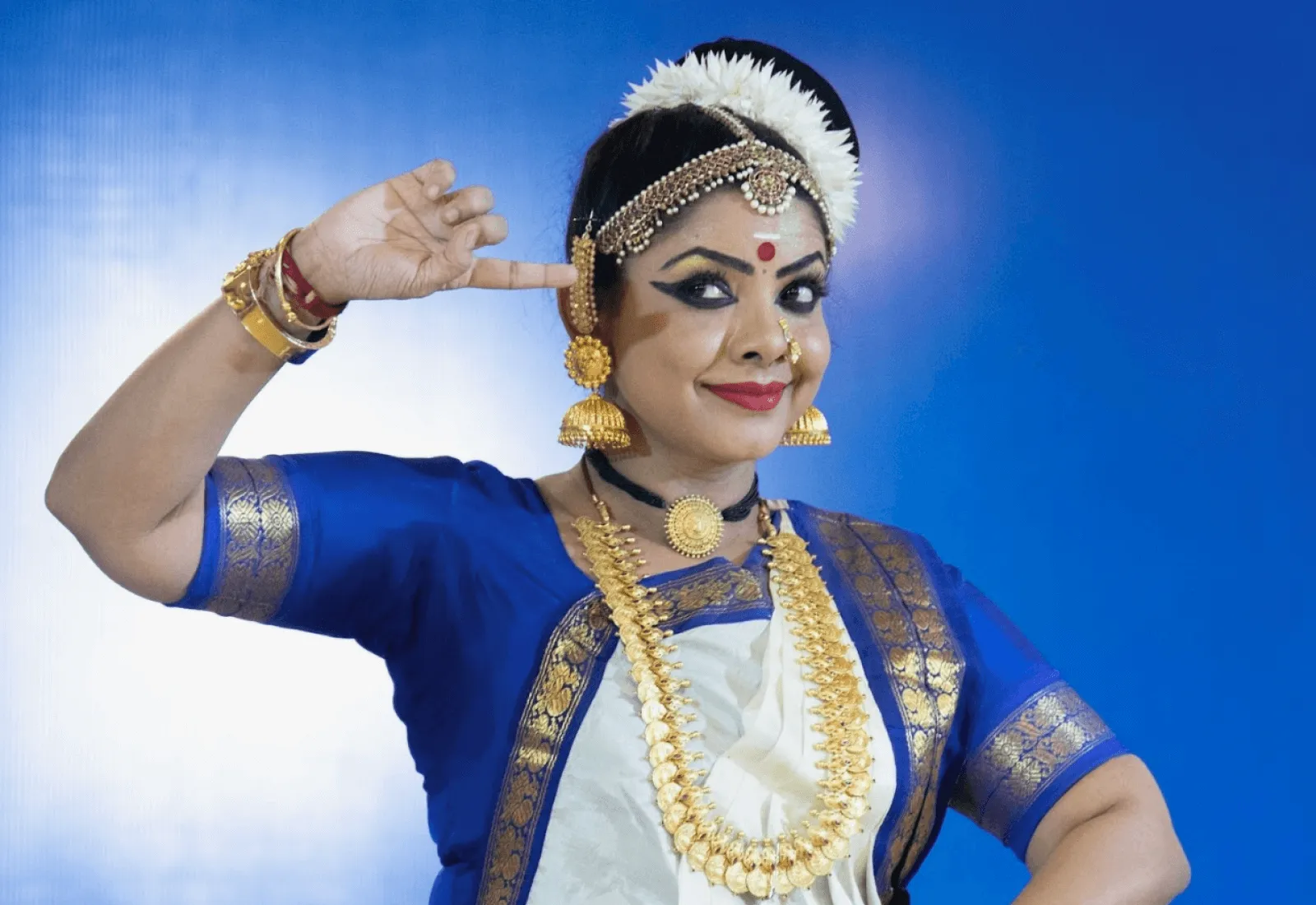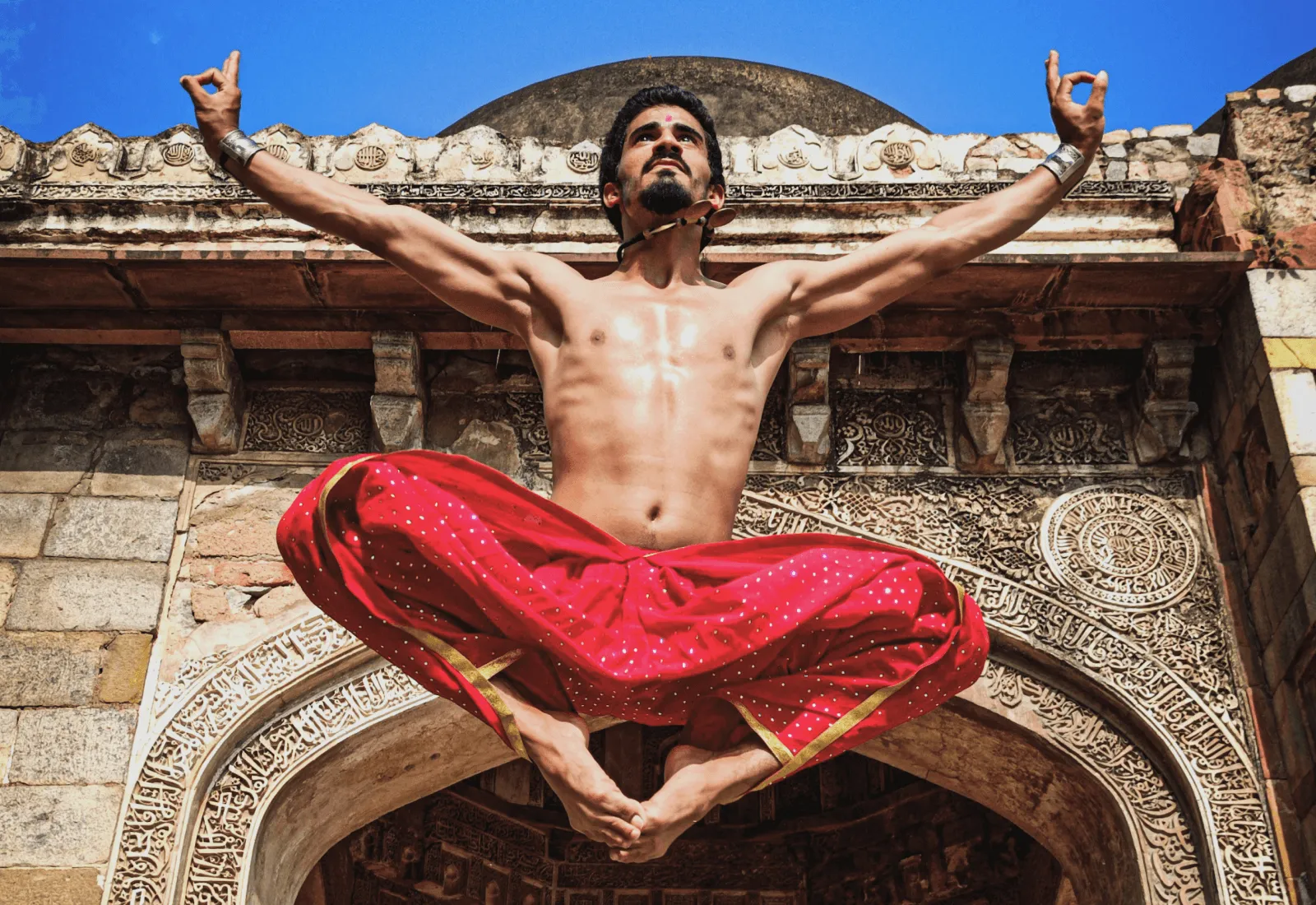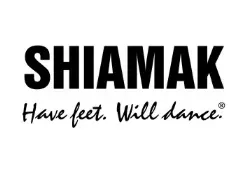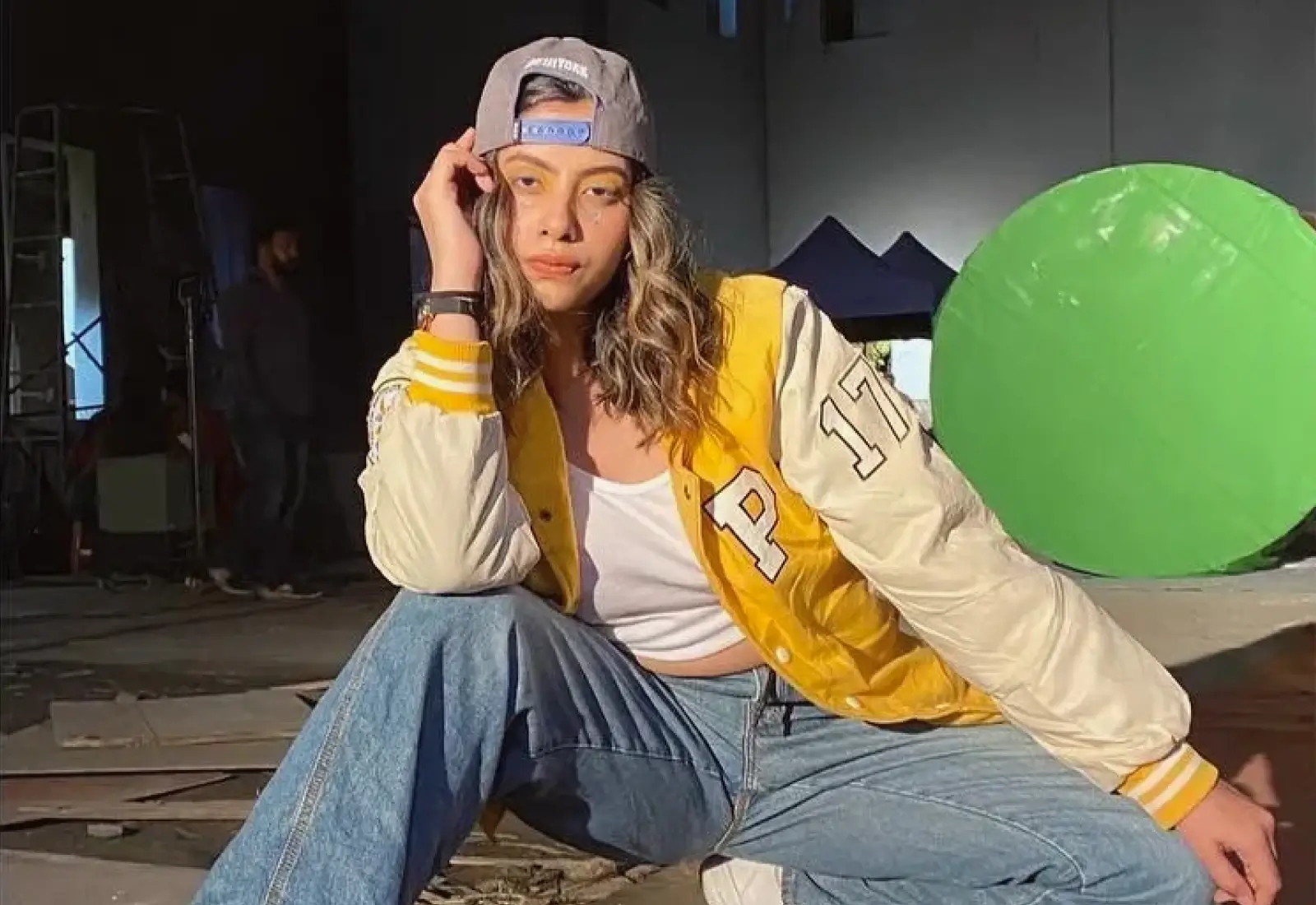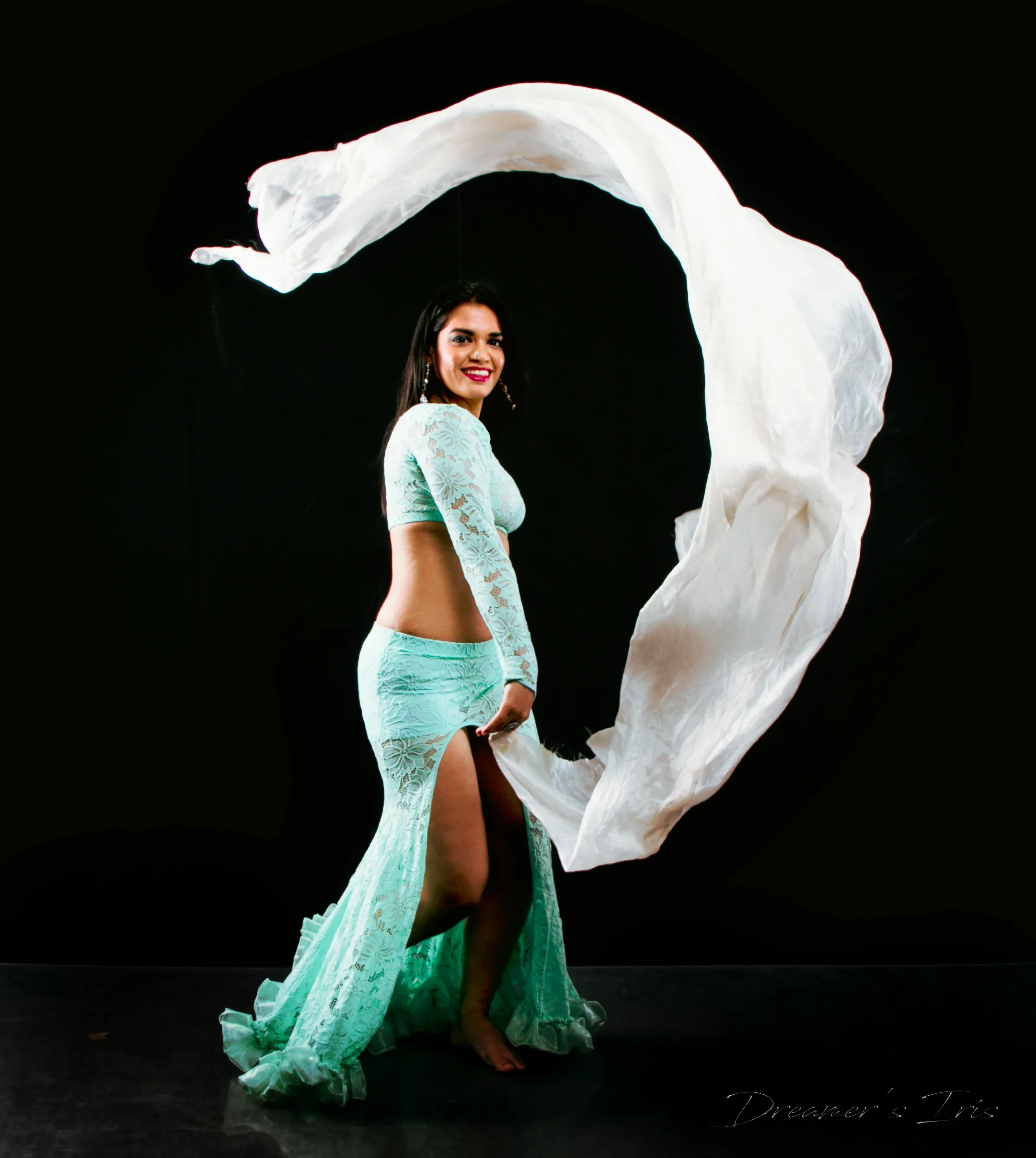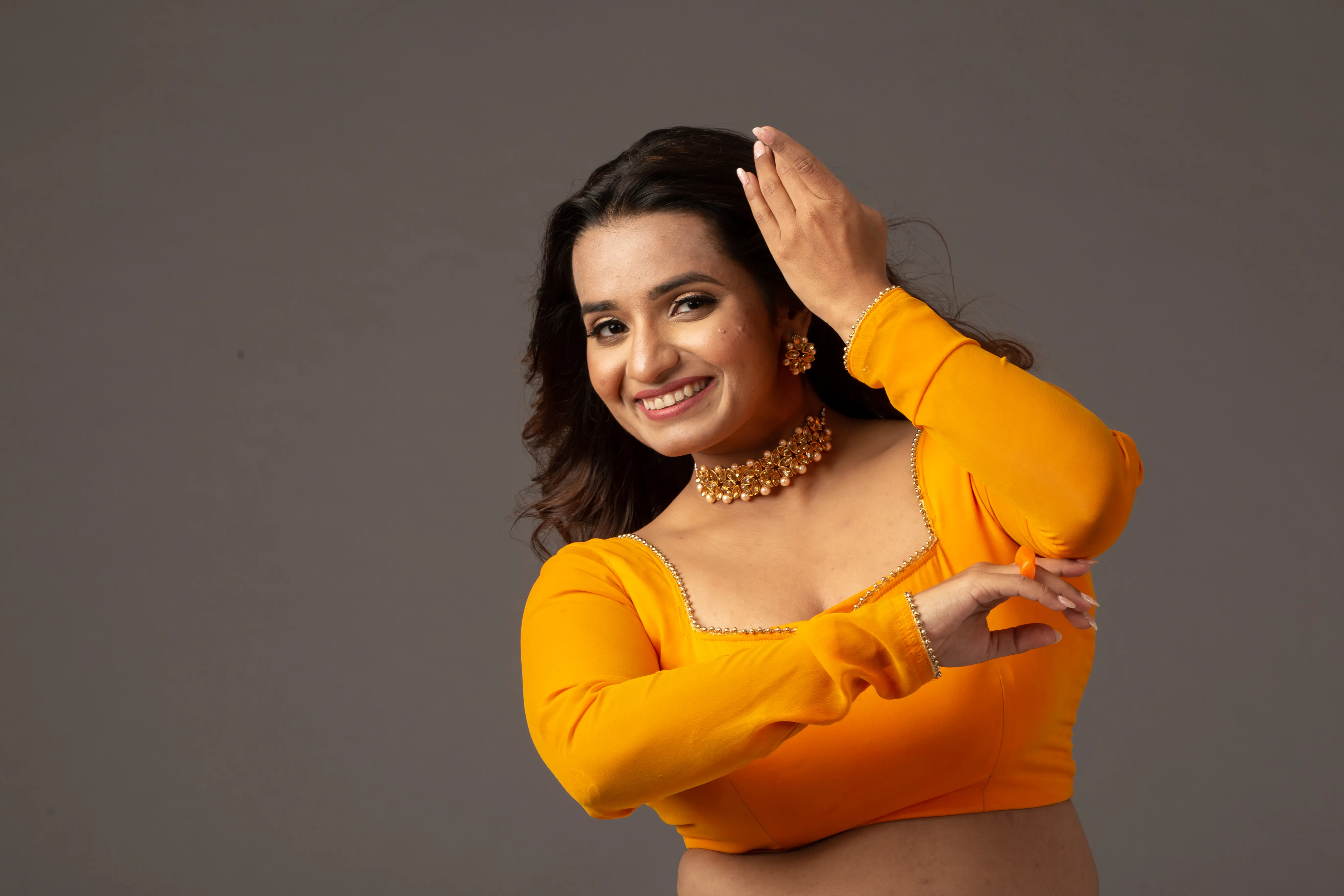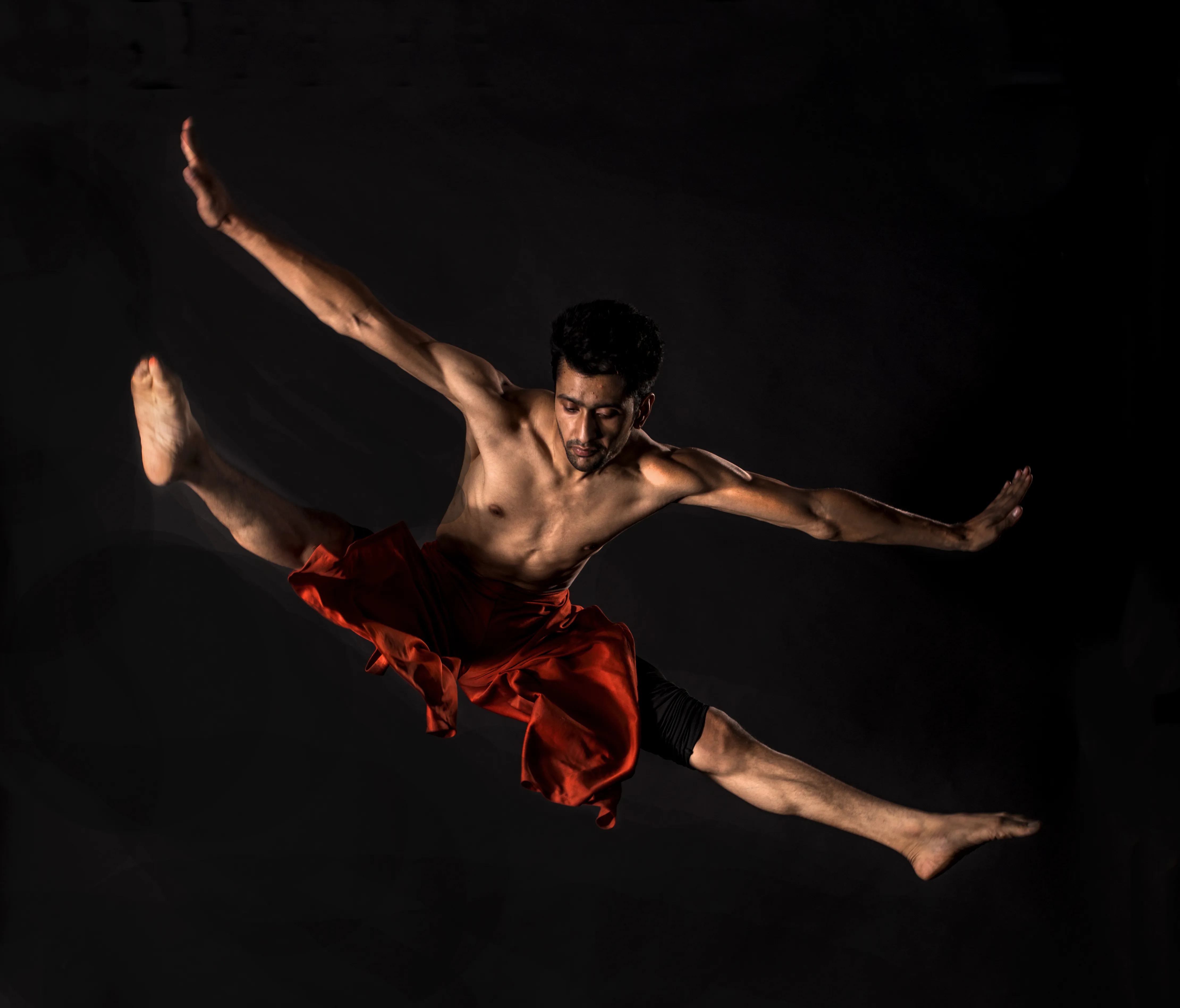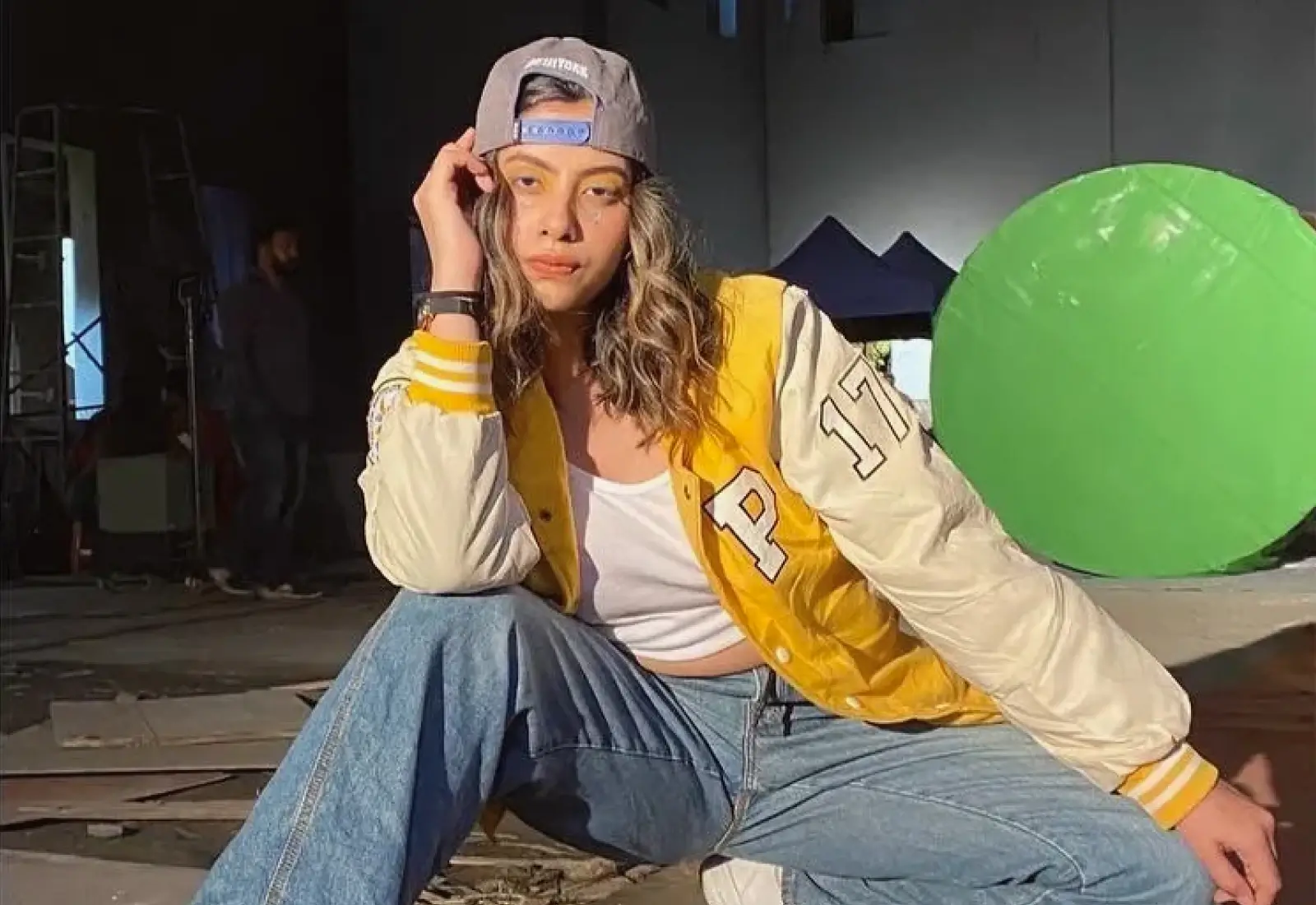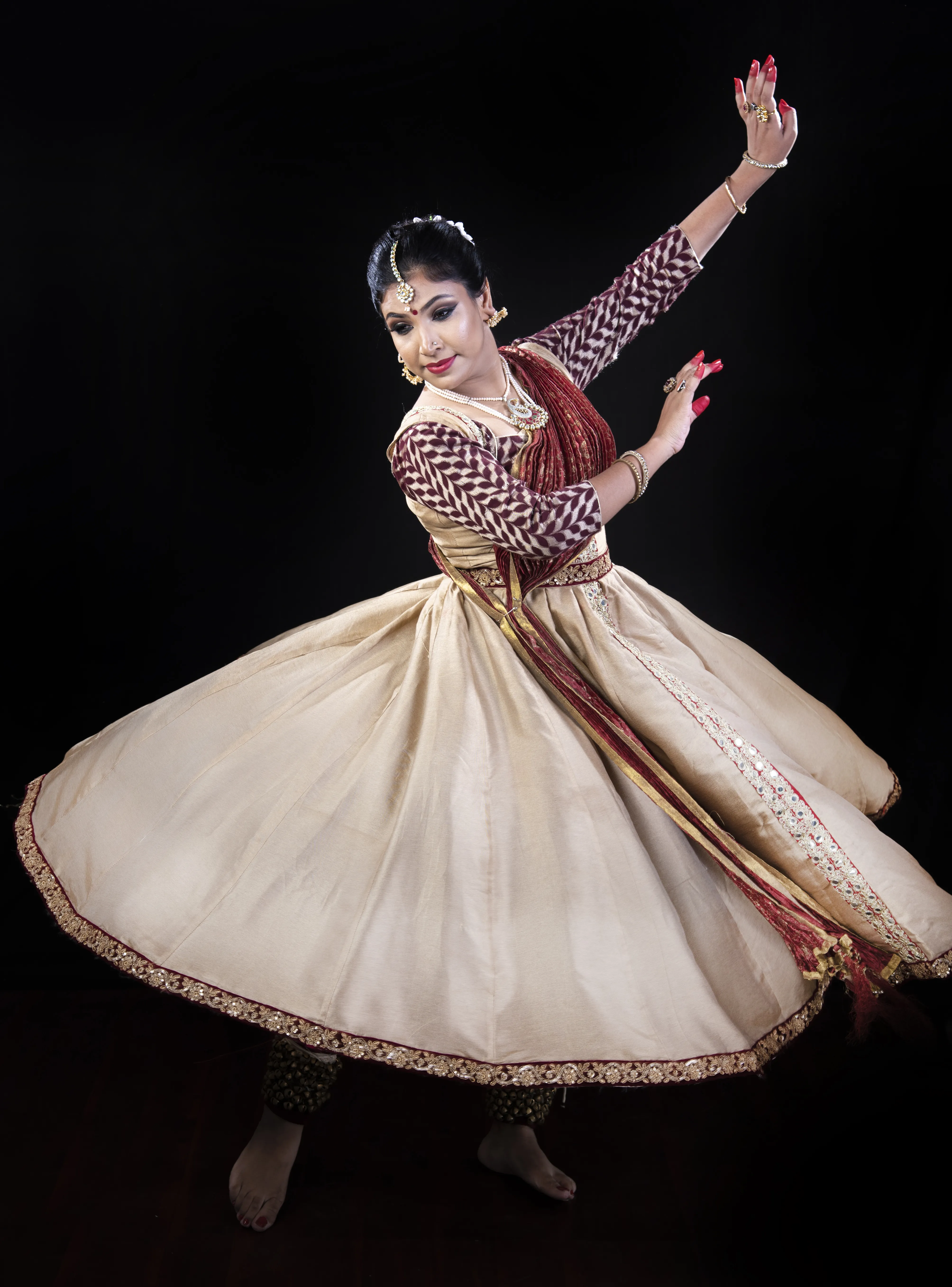Overview
Jazz dance emerged in the United States during the mid-20th century. It encompasses diverse styles and performances that draw from African American vernacular dances. It was associated with jazz music, including Ragtime dance moves, Charleston, Lindy Hop, and Mambo. Several influential figures like The Whitman Sisters, Florence Mills, and Ethel Waters contributed to the popularity of jazz dance. Other significant names include Al Minns, Leon James, Frankie Manning, Norma Miller, Dawn Hampton, and Katherine Dunham.
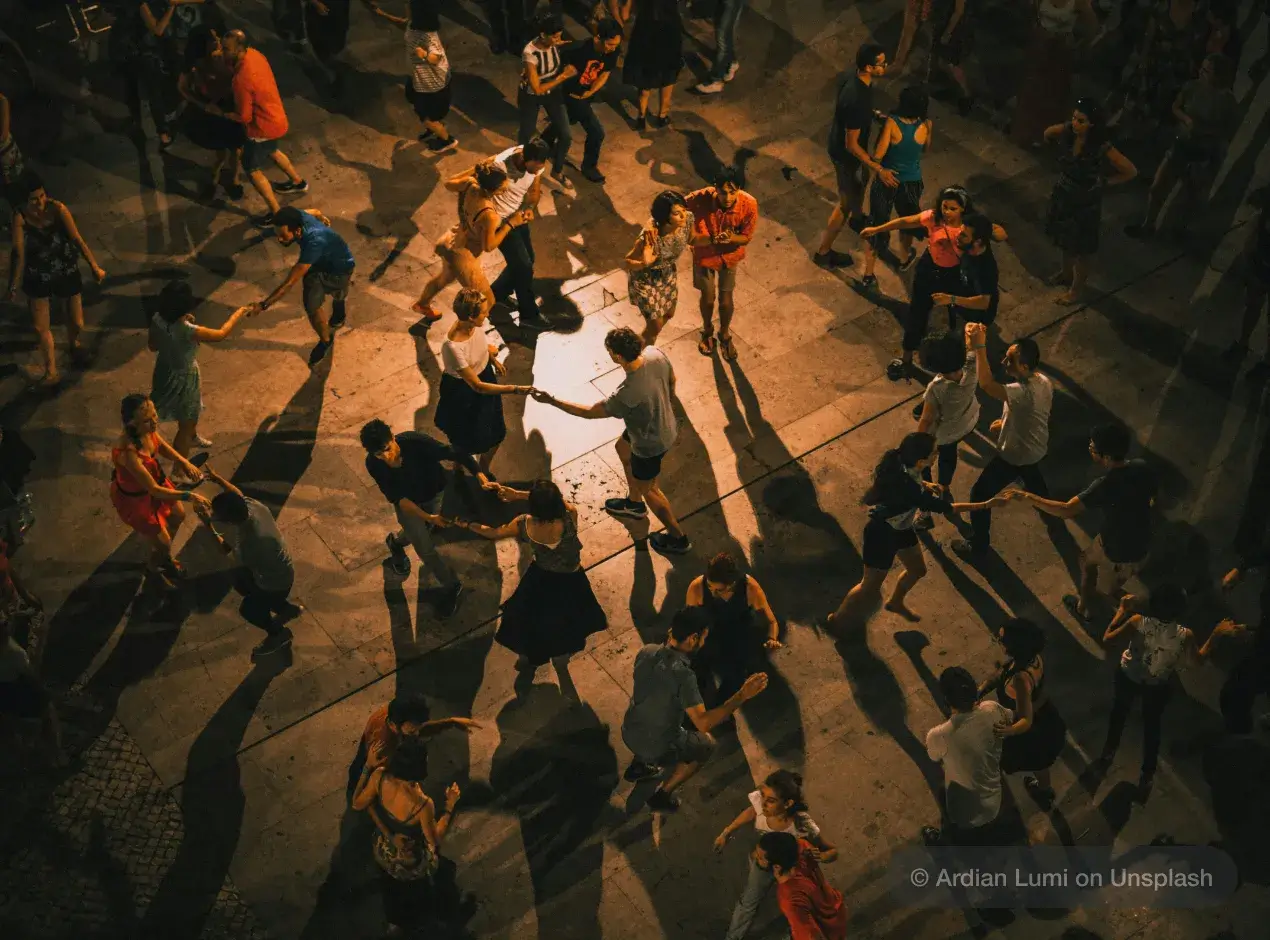 There are two main branches of jazz dance. One was vernacular jazz, which reflects the informal styles born from jazz music. The other was dramatic jazz, characterized by choreography designed for stage performances. Jack Cole, Bob Fosse, Eugene Louis Faccuito, and Gus Giordano were some celebrated performers in dramatic jazz.
There are two main branches of jazz dance. One was vernacular jazz, which reflects the informal styles born from jazz music. The other was dramatic jazz, characterized by choreography designed for stage performances. Jack Cole, Bob Fosse, Eugene Louis Faccuito, and Gus Giordano were some celebrated performers in dramatic jazz.
Over time, the term "jazz dance" has been applied beyond its musical origins. Hollywood and Broadway productions, particularly those by choreographers like Bob Fosse and Jerome Robbins, have expanded its usage. In recent times, universities and colleges have adopted the term - jazz dance for classes often focused on dancing to contemporary pop music, deviating from traditional jazz influences.
History of Jazz Dance
African Influence
Jazz dance originates from African rhythmic rituals that involve dancing in sync with rhythmic beats. In African cultural tradition, dance and music were deeply integrated into daily life. These traditions traveled to America through the transatlantic slave trade. Enslaved Africans expressed themselves through traditional dances like the Cakewalk and the Pattin’ Juba on plantations, laying the foundation for the development of today's Jazz Dance technique.
Over time, as the traveling musicians began to adopt these dance moves and choreographies, the influence of drumming became more prominent. Influenced by the rhythmic patterns of African dance jazz dance featured body isolations and movements that aptly complimented the music's beat.
New Orleans emerged as a hub for jazz dance, with its musicians renowned for crafting the blues, alongside spirituals, marches, and ragtime music. Jazz dance evolved alongside the development of jazz and blues music, reflecting the dynamic cultural exchange and artistic innovation of that time.
By the 1980s, jazz dance had shifted away from jazz music as its primary inspiration. Instead, it gained traction both onstage and onscreen, revitalized by the influence of music videos and movie musicals.
As American culture evolved, so did jazz dance, adapting to new trends and influences. Today, various branches of jazz dance, including vernacular, Broadway, commercial, and modern styles, infuse freshness into its rich traditions. Each branch contributes its unique flavor, enriching the legacy from which jazz dance draws its inspiration.
Othe Major Influences
The African traditions being a pivotal point, several cultural, social, and historical factors have facilitated the inception and evolution of Jazz dance. Here are some major influences that have helped shape jazz dance:
European Influence
European dance styles, particularly ballet and folk dances, also contributed to the development of jazz dance. Ballet techniques such as turnout, extension, and elevation were incorporated into jazz dance alongside elements from various European folk dances.
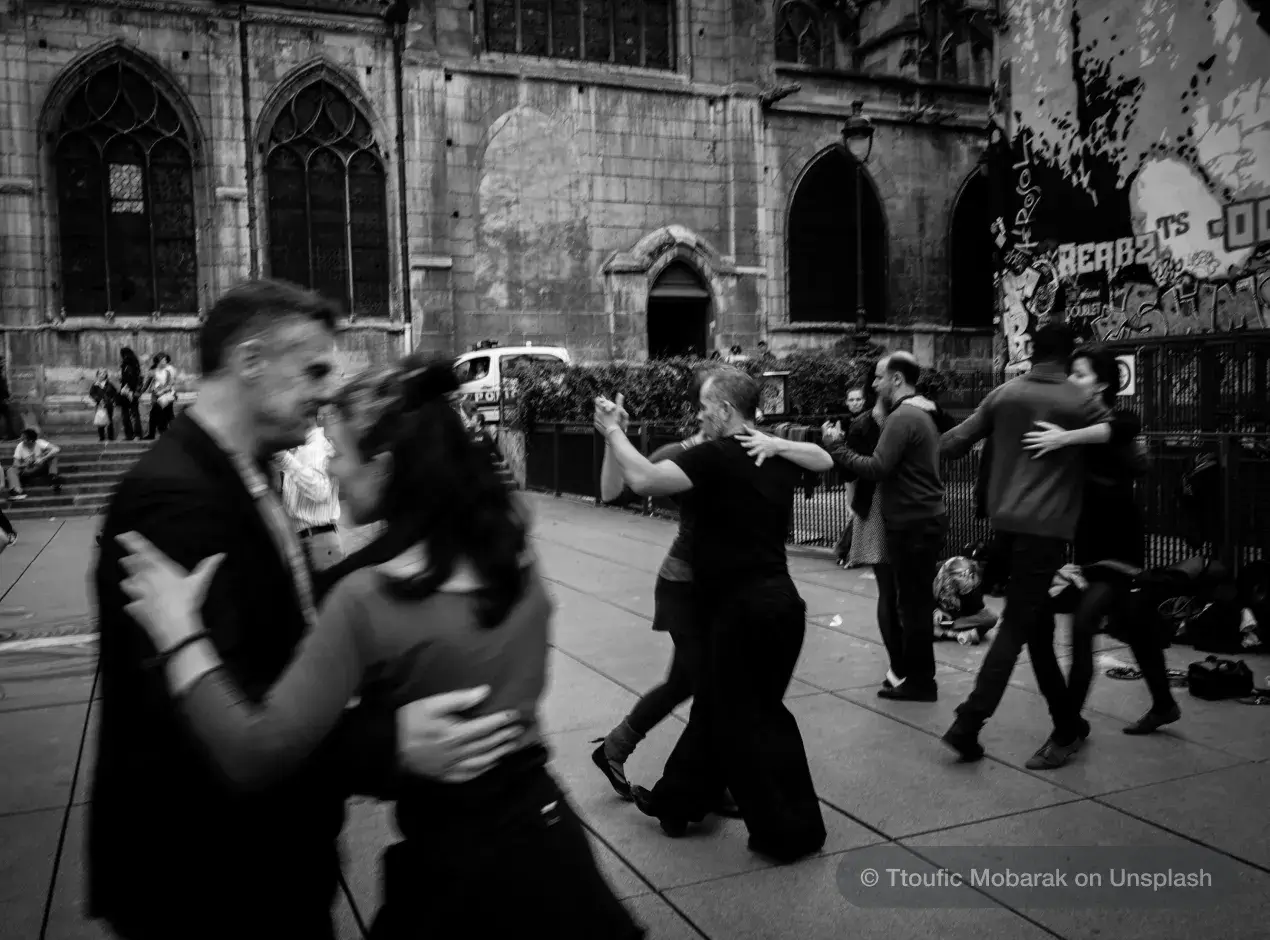
Social Dance
Jazz dance evolved alongside social dance trends in the United States, particularly in African American communities. Styles like the Charleston, Lindy Hop, and Jitterbug heavily influenced the development of jazz dance in the early 20th century.
Vaudeville and Broadway
The entertainment industry played a significant role in popularizing jazz dance. Vaudeville shows and Broadway musicals featured jazz-influenced choreography, bringing it to a wider audience and allowing it to evolve in new directions.
Migration and Urbanization
The Great Migration in the early 20th century saw millions of African Americans move from the rural South to urban areas in the North, bringing their cultural traditions, including dance, with them. Urbanization and the mixing of diverse cultures in cities like New Orleans, Chicago, and New York City further enriched the jazz dance tradition.
Jazz Music
Of course, jazz dance is closely tied to jazz music. The syncopated rhythms, improvisational nature, and emotional expressiveness of jazz music have heavily influenced the movement vocabulary, choreographies, and styles of jazz dance.
Innovators and Pioneers
Individual dancers and choreographers have made significant contributions to the development of jazz dance. Figures like Katherine Dunham, Bob Fosse, Jack Cole, and Luigi are just a few examples of innovators who helped shape the style through their unique artistic visions and techniques.
Modern Dance Influence
In the mid-20th century, modern dance pioneers like Martha Graham and Doris Humphrey incorporated elements of jazz dance into their work, while jazz dancers borrowed from modern dance principles, leading to a cross-pollination of styles.
Key Features of Classical Jazz Dance
Isolation
One of its defining features is isolation, a technique where dancers skillfully move one part of their body while keeping the rest still. This creates striking visual contrasts and emphasizes the precision of each movement. Dancers often isolate movements in areas such as the head, shoulders, ribs, or hips, showcasing the versatility and control inherent in jazz dance.
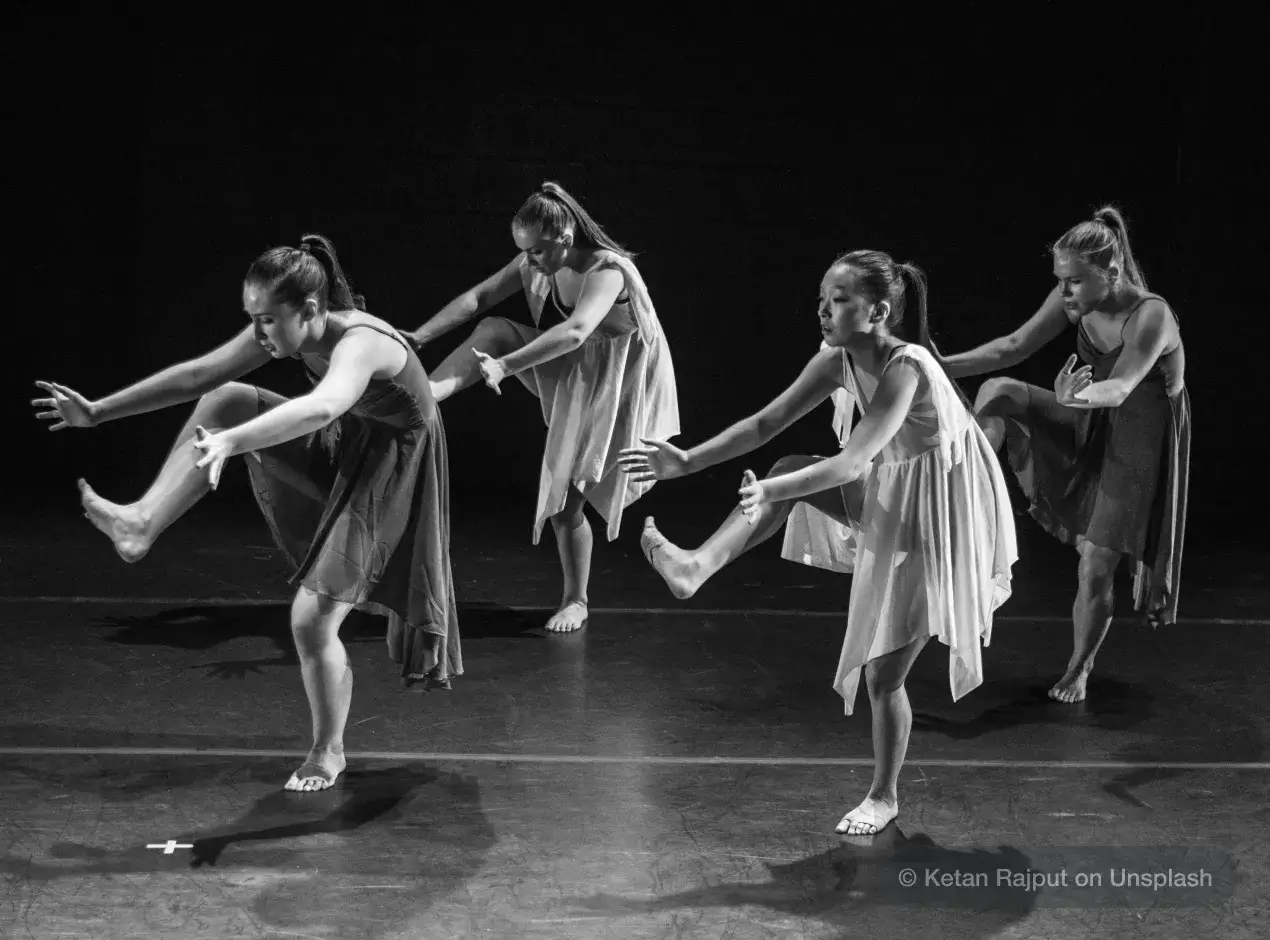
Syncopation
Another key element of jazz dance is syncopation, a rhythmic technique that adds depth and excitement to performances. Dancers strategically emphasize offbeat notes, creating unexpected accents that engage the audience and highlight the music's rhythmic complexity. Syncopation adds layers of texture and energy to jazz dance, allowing dancers to play with timing and rhythm in dynamic ways.
Grounded Stance or Low Center of Gravity
Additionally, jazz dancers maintain a low center of gravity by bending their knees, which enhances their stability and allows for smoother transitions between movements. This grounded stance not only adds power and precision to jumps and turns but also facilitates intricate footwork and fluid transitions across the dance floor.
Other Forms of Jazz Dance
Contemporary Jazz
Contemporary jazz dance represents a fusion of traditional jazz techniques with modern influences, reflecting the evolution of dance styles and cultural trends over time. This dynamic and versatile form of expression emerged in the latter half of the 20th century. This was the time when the influence of European dance forms grew stronger. Jazz dance was enriched with elements from various dance genres, including ballet, modern dance, hip-hop, and theatrical and commercial dance.
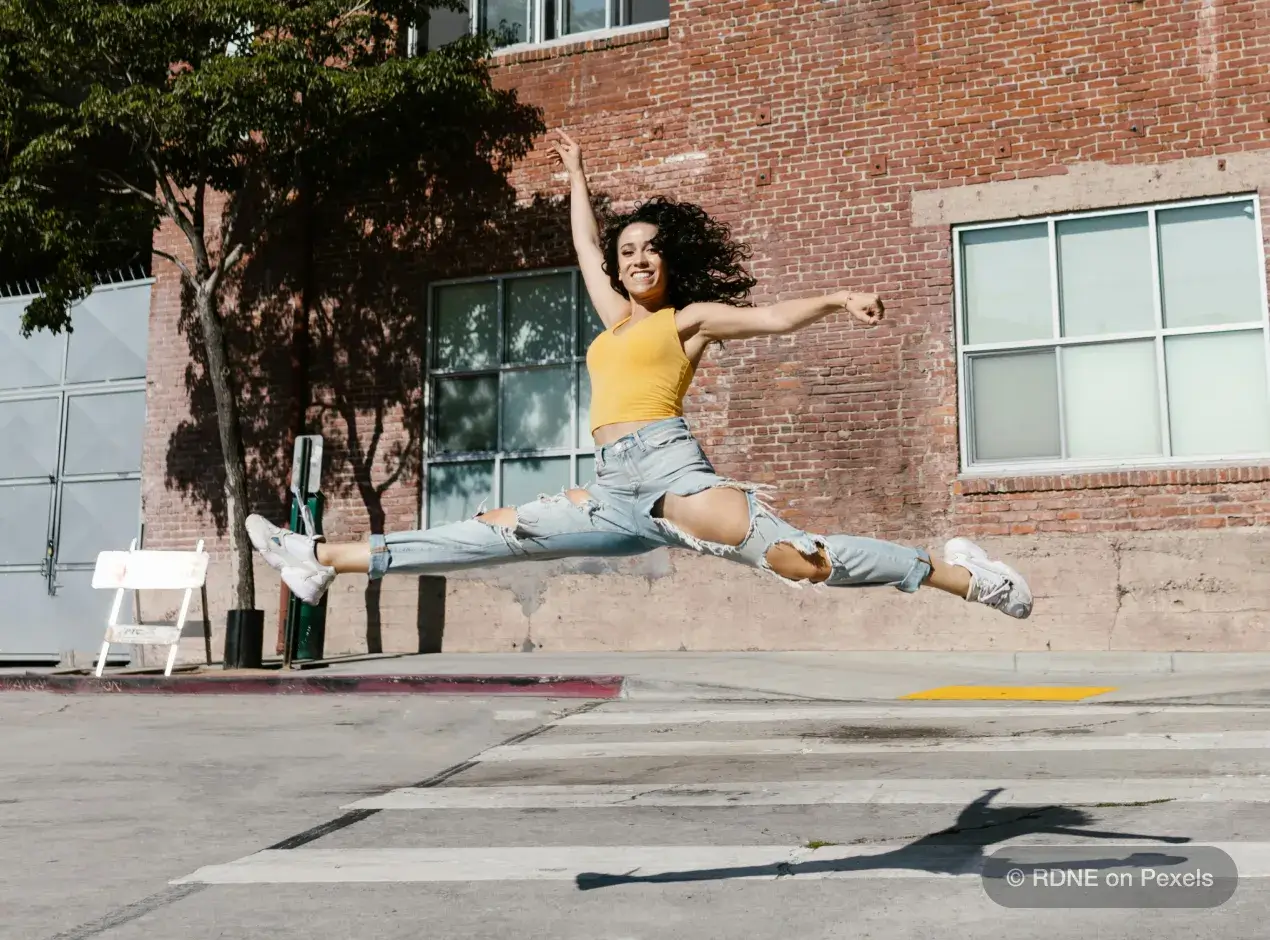
At its core, contemporary jazz retains the rhythmic intricacies, fluidity, and expressive qualities of classical jazz while embracing a broader range of movement vocabularies and artistic influences.
The emphasis on individuality and personal expression in contemporary jazz fosters creativity and encourages dancers to explore their artistic voices within the framework of jazz dance.
Musicality remains a key aspect of contemporary jazz, with dancers interpreting and responding to a wide range of musical genres, from jazz and blues to contemporary pop and electronic music. Choreographers may experiment with unconventional rhythms, syncopations, and musical structures, challenging dancers to explore new ways of moving and engaging with the music.
In terms of technique, contemporary jazz incorporates a blend of classical jazz fundamentals with elements of ballet and modern dance. Dancers often focus on fluid transitions, seamless partnering, and expansive movement patterns, emphasizing freedom of expression and connectivity throughout the body.
Costuming and staging in contemporary jazz are often eclectic and experimental, reflecting the diverse influences and creative vision of choreographers. From sleek and minimalist designs to elaborate and avant-garde concepts, costumes and sets play an integral role in enhancing the overall aesthetic and narrative of a contemporary jazz piece.
Commercial Jazz
Commercial jazz dance, also known as street jazz or urban jazz, is characterized by high energy. Commercial jazz is more inclusive of dance styles as it blends elements of classical jazz, hip-hop, funk, and street dance to create visually captivating and often edgy choreography that is highly accessible to a wide audience. This helps it to fit into the radar of commercial entertainment, including music videos, live performances, and commercial productions such as television shows, concerts, and stage performances.
The choreographies are marked with flashy and energetic moves that are effective in engaging the viewers. Movements are typically sharp, stylized, and aptly complimented with nimble footwork and expressive gestures in a heavily synchronized group dance performance.
In terms of music, commercial jazz draws inspiration from a wide range of genres, including pop, R&B, hip-hop, electronic dance music (EDM), and even rock and Latin music. Choreographers may tailor their routines to fit the mood and tempo of the music, incorporating elements of musicality and rhythm that enhance the overall impact of the performance.
Costuming and staging in commercial jazz are often elaborate and theatrical, with an emphasis on glamour, style, and visual appeal. Dancers may wear flashy costumes, accessories, and makeup that complement the theme and mood of the performance, while sets and lighting are used to create atmosphere and enhance the overall aesthetic.
In terms of technique, commercial jazz incorporates a blend of classical jazz fundamentals with elements of hip-hop and street dance. Dancers often focus on sharp isolations, intricate footwork, and dynamic body movements, while also incorporating elements of popping, locking, and other street dance styles.
Latin Jazz
The Latin influence on jazz dance adds sensuality and grace to the existing high-energy packed sharp movements of traditional jazz dance. It incorporates elements from salsa, mambo, cha-cha, samba, and more.
At its core, Latin jazz dance emphasizes musicality, with dancers interpreting and responding to the intricate rhythms and melodies of Latin music. Movements are often characterized by fluidity, grace, and sensuality, with dancers incorporating elements of body isolations, hip movements, and footwork patterns that are typical of Latin dance styles.
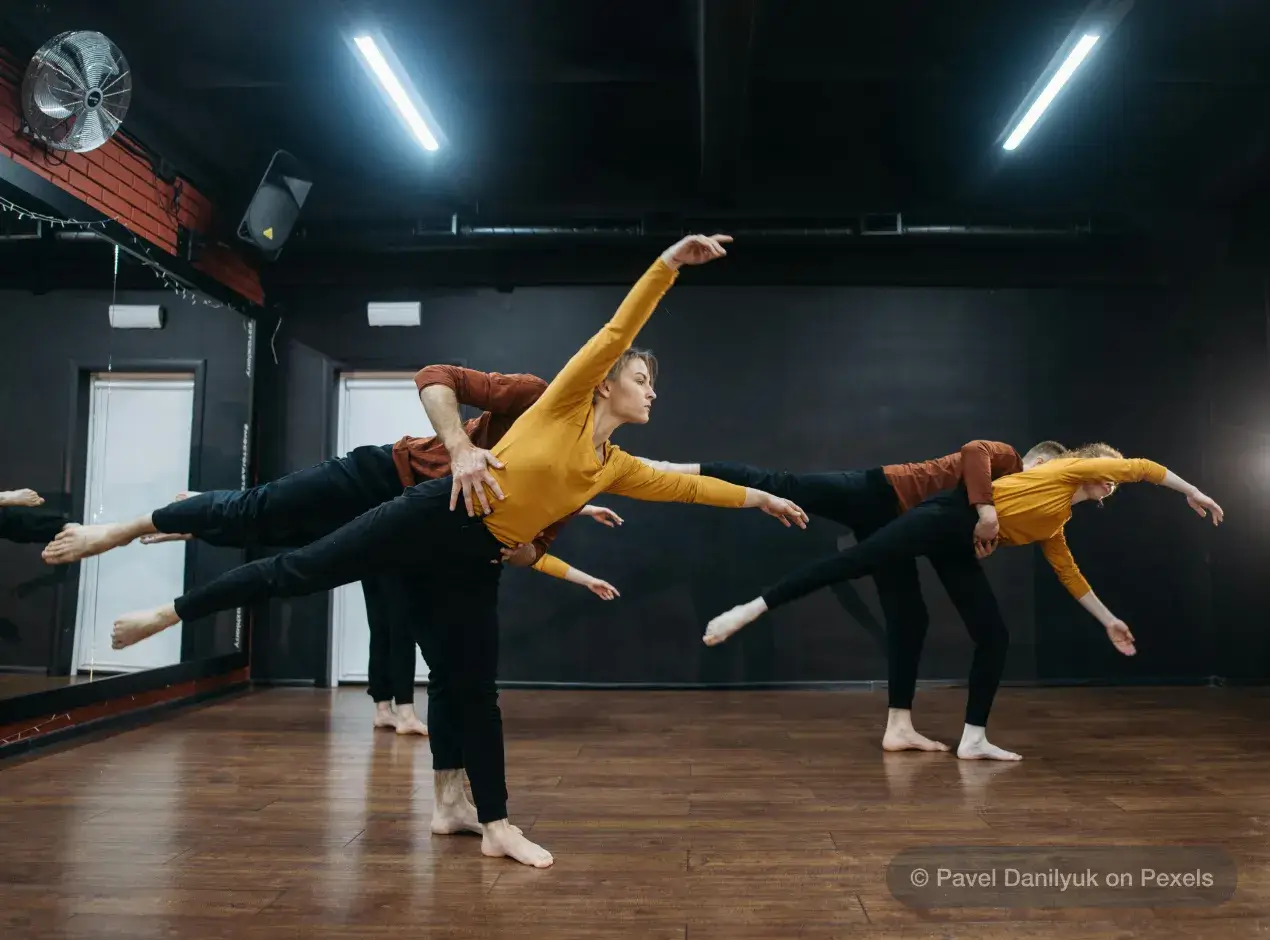
Latin jazz promotes partner dance and social interaction. The partner dance is usually engaging withn intimate and sensual elements to dynamic and acrobatic dance moves, depending on the style and mood of the choreography.
Latin jazz dance incorporates techniques such as weight shifts, turns, spins, and syncopated footwork, stylized arm movements, body rolls, and dramatic flourishes that add flair and expression to their performances.
Costuming and styling in Latin jazz dance are often influenced by Latin American culture, with dancers wearing vibrant and colorful costumes that reflect the festive and celebratory nature of Latin music and dance. Costumes may feature elements such as ruffles, sequins, fringe, and feathers, adding visual interest and enhancing the overall aesthetic of the performance.
Latin jazz dance has gained popularity worldwide through stage performances, dance competitions, and social dancing events. Its infectious rhythms, dynamic movements, and passionate expression make it a favorite among dancers and audiences alike, highlighting the rich cultural heritage and artistic diversity of Latin American dance traditions.
Afro-jazz Dance
Rooted in the cultural traditions of the African diaspora, Afro-jazz dance celebrates the rich heritage and diversity of African dance styles while infusing them with the syncopated rhythms and fluid movements characteristic of jazz.
At its core, Afro-jazz dance promotes freedom of expression, creativity, and individuality. Dancers draw inspiration from a wide range of African dance traditions, including West African, Afro-Cuban, Afro-Brazilian, and Caribbean dance styles, incorporating movements such as isolations, polyrhythms, and grounded footwork that are central to African dance.
One of the defining features of Afro-jazz dance is its emphasis on storytelling and emotional expression. Major dance techniques used in Afro-jazz include isolations, contractions, undulations, and polyrhythmic footwork, all of which are characteristic of both African and jazz dance styles. Afro-jazz dance has gained popularity worldwide through stage performances, dance classes, and cultural events.
Popular Jazz Dancers
Numerous dancers and choreographers have contributed in the journey of Jazz dance. From being an African influence to a new-age dance form that incorporates the best of several dance forms and continues to interact and exchange with other dance forms. Here are some of the names -
Katherine Dunham - Known for her fusion of African and Caribbean dance styles with ballet and modern dance techniques, Katherine Dunham was a pioneering figure in American dance. Her style was athletic, theatrical, and rich with cultural elements.
Bob Fosse - Fosse's work is celebrated in Broadway musicals such as "Chicago" and "Cabaret." He was known for his distinctive style characterized by precise movements, isolations, and iconic gestures.
Jack Cole - Often referred to as the "father of theatrical jazz dance," Jack Cole was instrumental in popularizing jazz dance in Hollywood films and Broadway productions during the mid-20th century. His innovative choreography incorporated elements of modern dance, ballet, and ethnic dance forms.
Luigi (Eugene Louis Faccuito) - Luigi was a renowned jazz dance teacher and choreographer whose groundbreaking techniques focused on fluidity, balance, and injury prevention. His method, known as the "Luigi Technique," continues to influence jazz dancers around the world.
Michael Kidd - An award-winning choreographer and dancer, Michael Kidd brought a fresh and dynamic approach to jazz dance in both Broadway productions and Hollywood films. His energetic and inventive choreography earned him multiple Tony and Academy Awards.
Simran Dutt - One of the dynamic performers of this generation, Simran a highly trained choreographer and teacher of this generation. She has been a part of several national and international performances and productions. She is a proud torch bearer who is actively training dance enthusiasts and spreading the reach of jazz dance.
Matt Mattox - Known for his mastery of technique and precision, Matt Mattox was a prominent jazz dancer and choreographer who developed his own unique style blending elements of ballet, jazz, and modern dance. He is revered for his contributions to jazz dance education.
Yukti Bhatnagar - Yet another young gun who is dedicated to expanding the reach of jazz dance among all dance enthusiasts across the world. Yukti is a seasoned dance practitioner who has trained and specialized in diverse Western dance styles. She trains students in jazz dance through online classes.
Fosse Verdon - Bob Fosse and Gwen Verdon, a dancer and actress, formed one of the most iconic partnerships in the history of jazz dance. Their collaborations on stage and screen, including the musical "Sweet Charity" and the film "All That Jazz," showcased their unparalleled talent and chemistry.


